The Biggest Home Staging Mistakes That Can Cost You Buyers
When it comes to selling your home, staging is one of the most effective ways to attract buyers and increase your sale price. But not all staging is done well. A beautifully styled home can create excitement, while common staging mistakes can leave buyers feeling disconnected or hesitant to make an offer.
If you want to maximise your home’s appeal, avoid these common staging mistakes that could be turning buyers away.
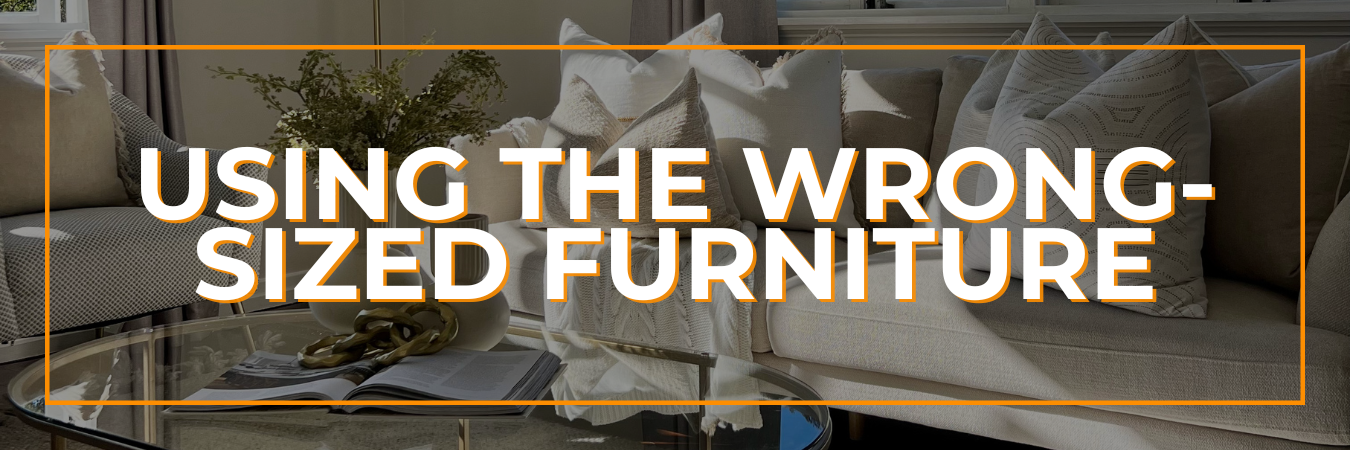
One of the biggest staging mistakes is using furniture that does not suit the space.
Too big and the room feels cramped and overwhelming. Buyers will assume the space is too small.
Too small and the room looks empty and underwhelming, making it seem like it lacks purpose.
How to fix it
Choose furniture that suits the proportions of the room. In smaller spaces, opt for transparent or streamlined pieces like glass coffee tables to keep things feeling open. In larger rooms, use appropriately sized sofas, rugs and tables to create balance and make the space feel inviting.
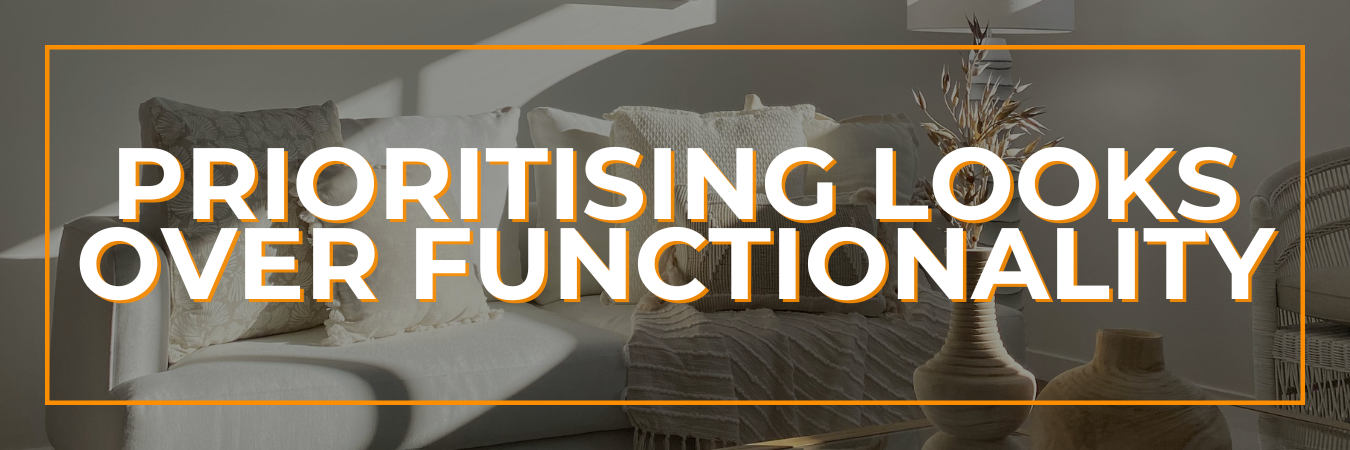
A home that looks stunning in listing photos might not always be practical. Buyers need to see how they can live in the space, not just admire how it looks.
Example
A living room staged with a massive piece of artwork instead of a television. It might look stylish, but buyers will wonder where they would put their own TV.
How to fix it
Staging should highlight functionality. Show buyers where the TV, storage and seating naturally fit. A beautiful home is appealing, but a practical home is what sells.
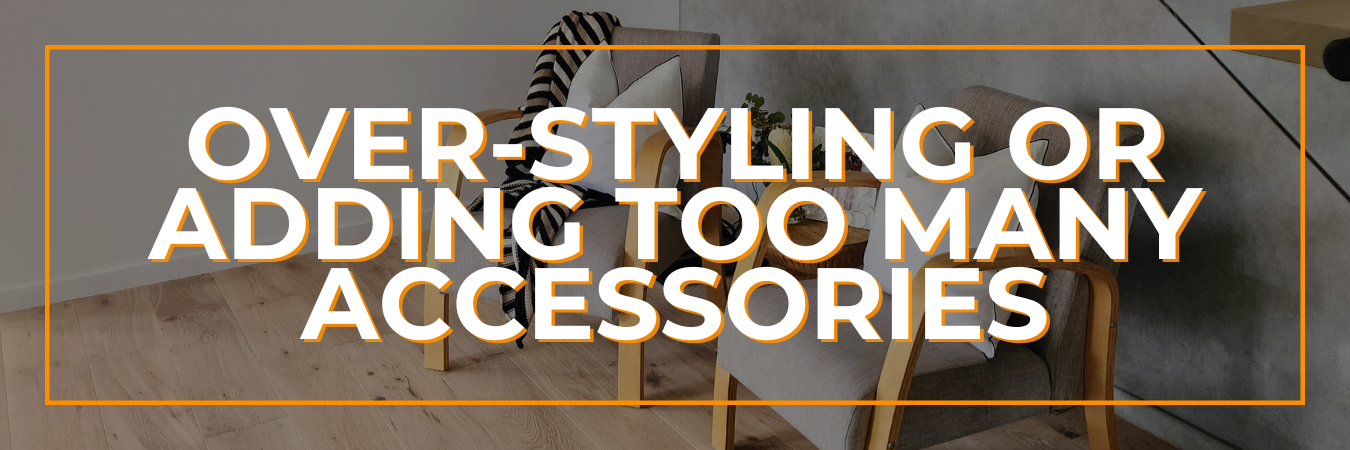
Too many decorative elements can make a space feel cluttered and overwhelming. Accessories add warmth, but excessive cushions, vases and ornaments can be distracting.
Example
A dining table covered in elaborate place settings. It looks impressive, but buyers will think there is no space to actually use the table.
How to fix it
Less is more. Keep styling simple with just enough decorative elements to create warmth without making the space feel impractical.
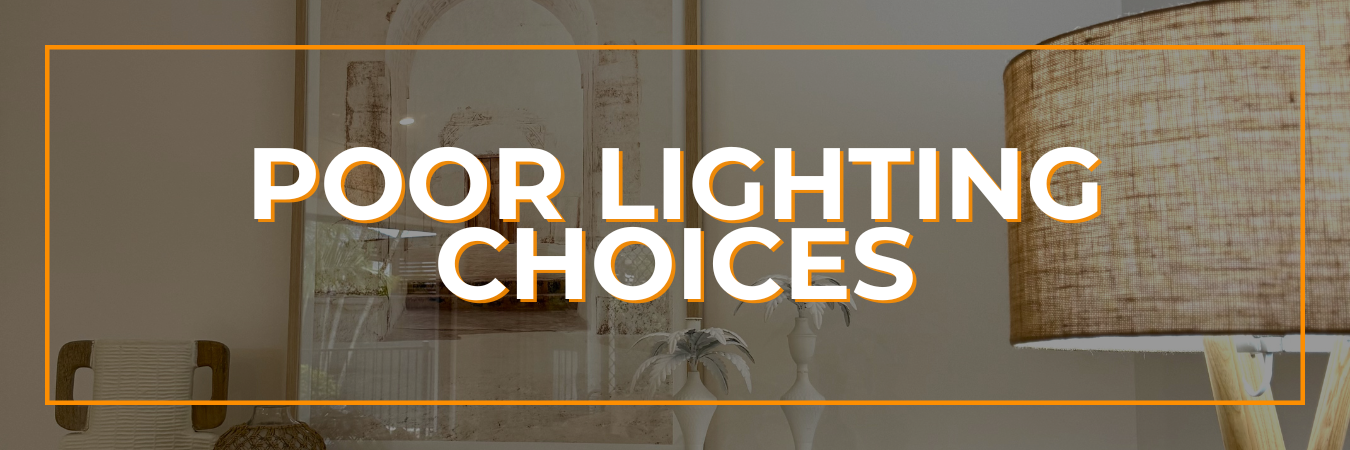
Lighting plays a major role in how a home feels. A dimly lit space can seem uninviting, while harsh lighting can make it feel clinical.
How to fix it
- Open curtains and blinds to maximise natural light
- Consider using glass top tables or coffee tables to create a sense of openness and reflect light around the room
- Add lamps in dark corners to create balance
Good lighting makes a home feel bigger, brighter and more appealing to buyers.
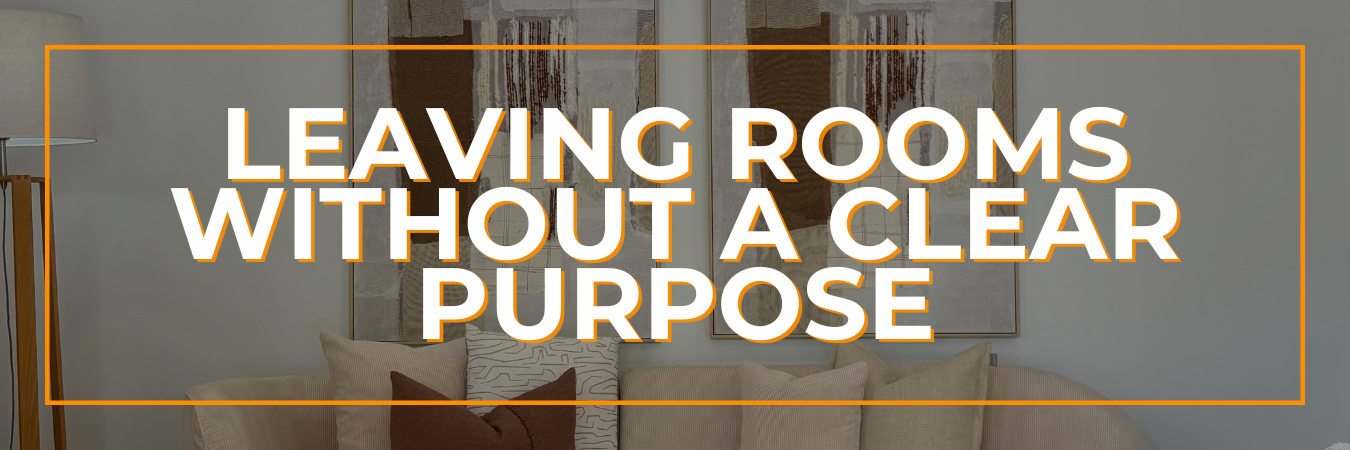
Every room should tell a story. If buyers walk into a space and cannot tell how it should be used, they will struggle to picture themselves living there.
Example
A spare room with a mix of gym equipment, storage boxes and a desk. It is unclear if it is an office, a gym or just a storage area.
How to fix it
Give every room a clear function. Set up that spare room as a home office, guest bedroom or reading nook. Buyers should not have to guess how a space could be used.
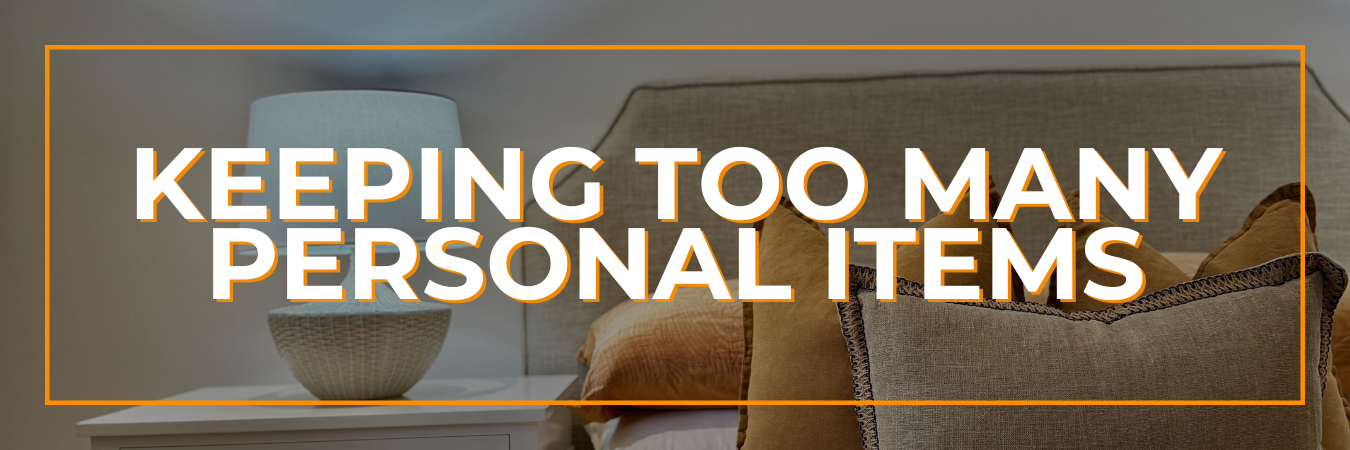
Your home reflects your life, but buyers need to imagine their own lives in the space. Personal items can be a distraction.
Example
Walls covered in family photos or a fridge full of kids’ artwork.
How to fix it
Depersonalise the space by removing personal photos, memorabilia and anything that is too specific to your lifestyle. Instead, opt for neutral décor that makes the home feel inviting to a wide range of buyers.
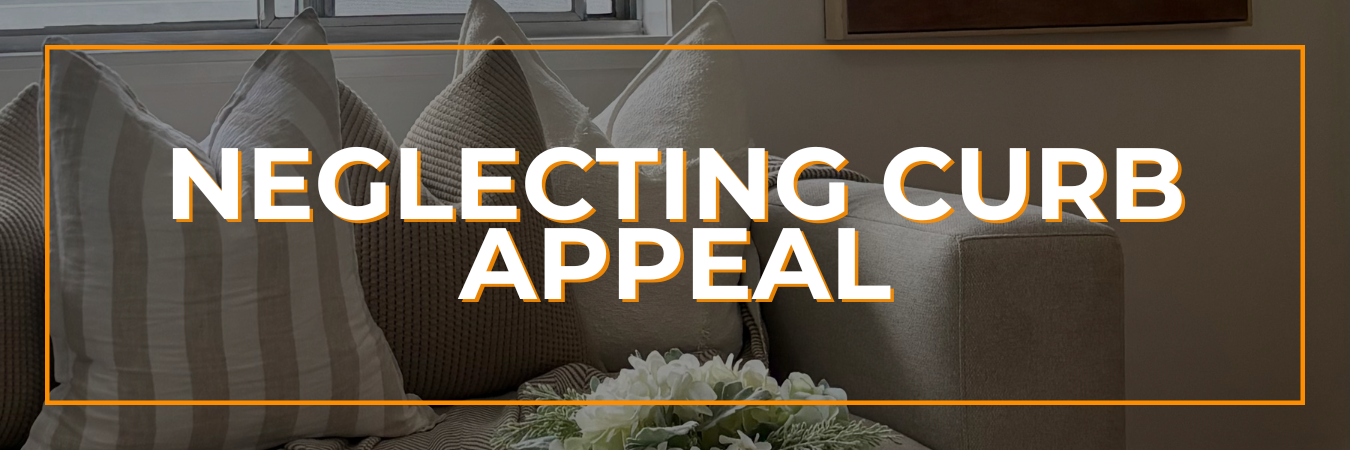
Staging is not just about the inside of the home. The first impression starts before buyers even walk through the door.
Example
A beautifully staged interior but an overgrown front yard and a worn-out entrance.
How to fix it
- Mow the lawn, trim hedges and add fresh mulch
- Paint or clean the front door
- Add a simple welcome mat or potted plants
Buyers form an opinion within seconds of arriving. Make sure the outside of your home is as inviting as the inside.
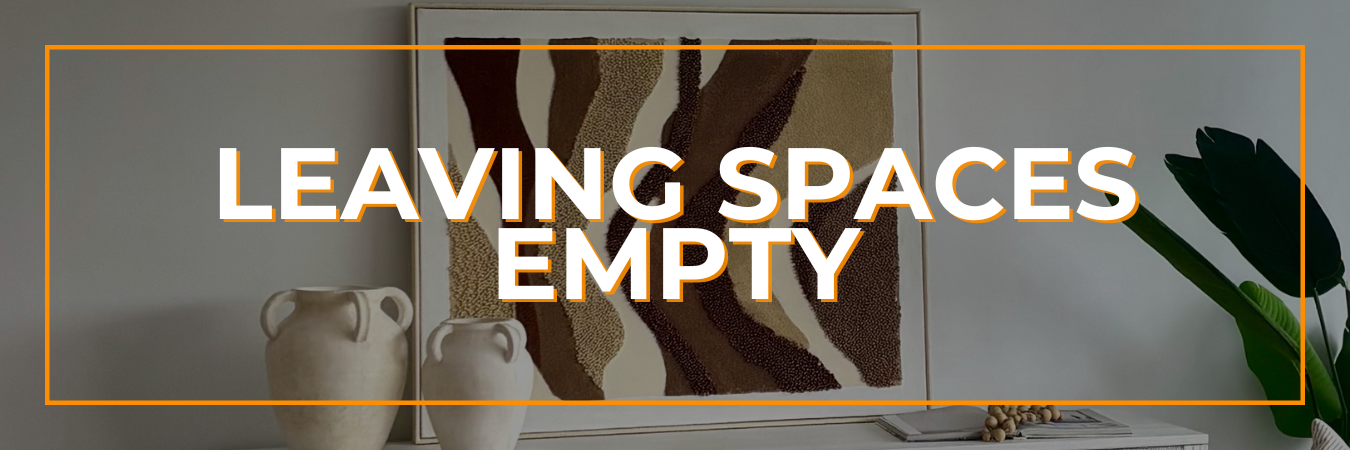
An empty home may seem like a blank slate, but for many buyers, it can feel cold and uninspiring. Most people struggle to visualise how an empty space will function.
How to fix it
Even light staging can help define the space. A dining table, a cosy seating area or a well-placed rug can instantly make a home feel more welcoming.
The Bottom Line
Staging is not just about making a home look good. It is about creating a space that is functional, inviting and easy for buyers to picture themselves in. Avoid these common mistakes and you will give buyers every reason to fall in love with your home.
Because when buyers feel at home, they make offers. And that is the ultimate goal.

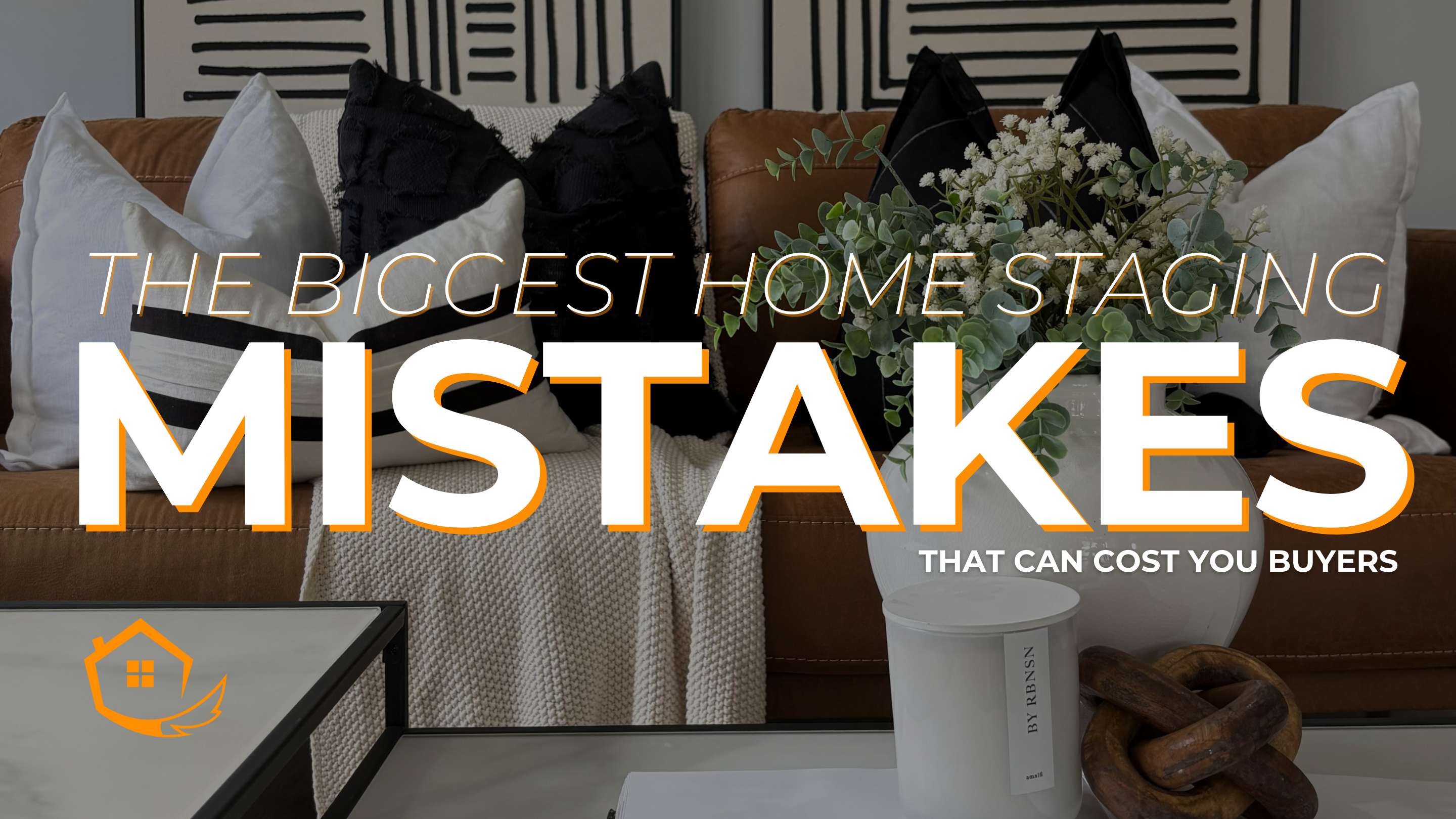
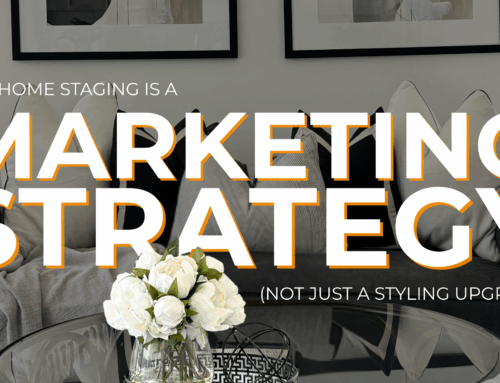
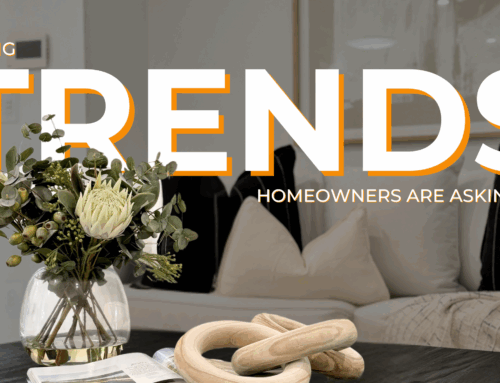
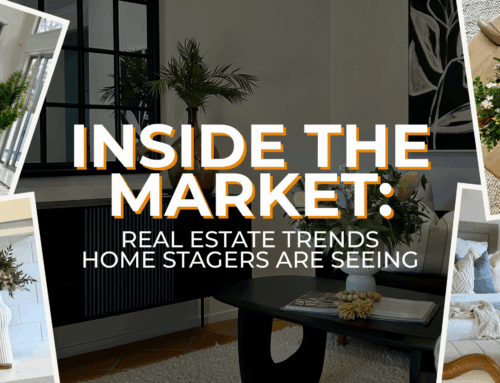
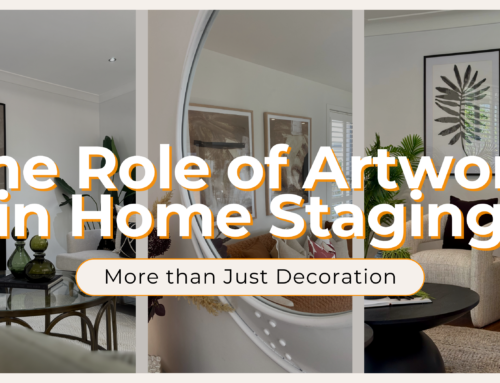
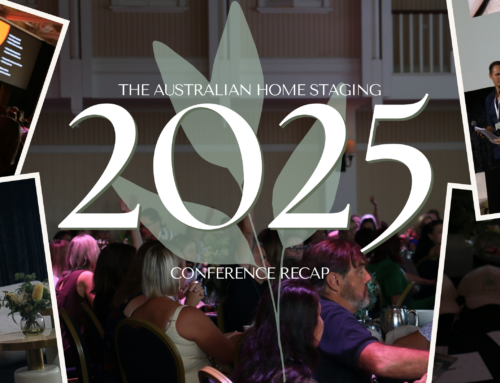
Facebook Comments